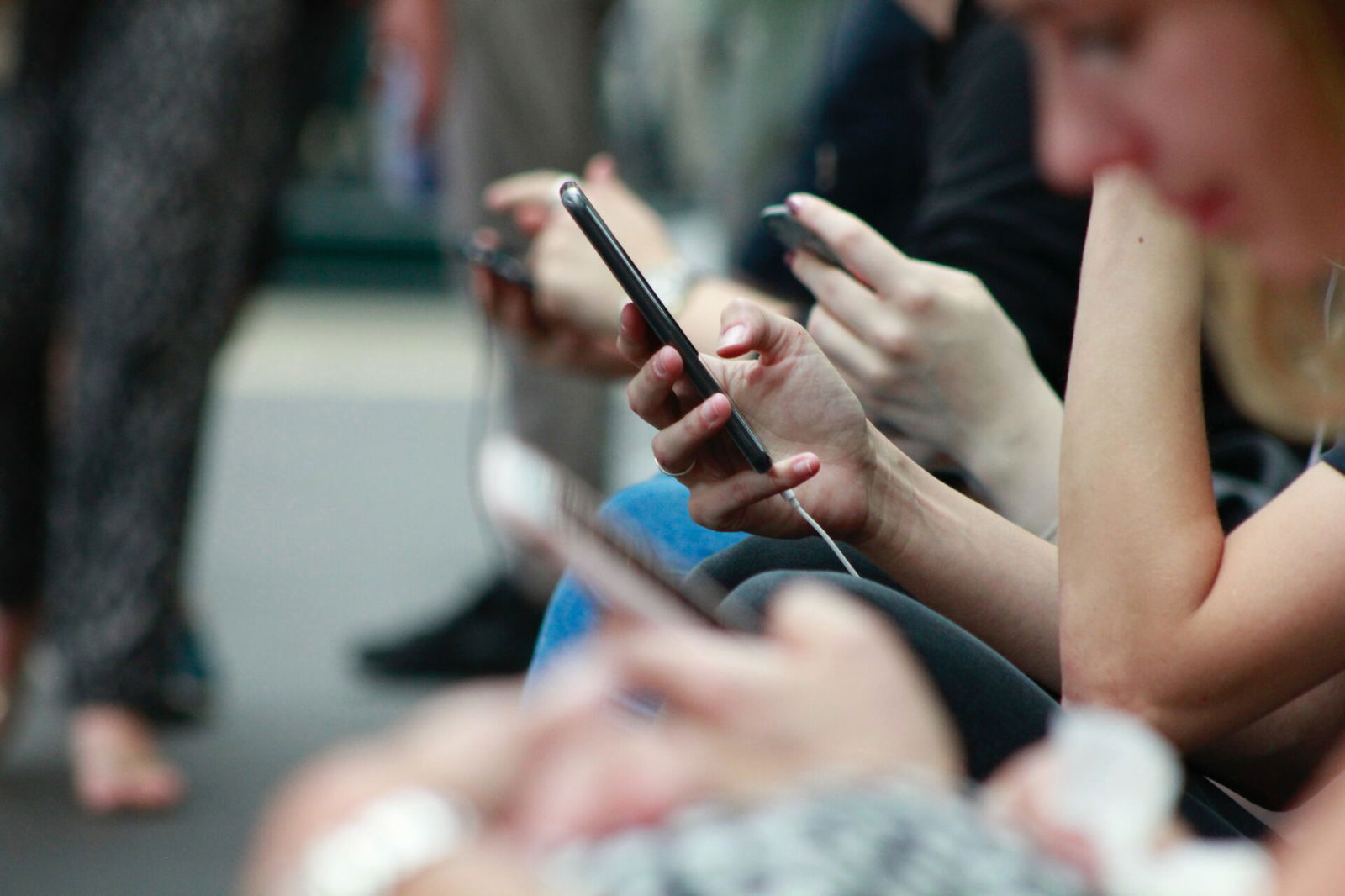
Smartphones and the Gen Z Mental Health Crisis: ‘The Great Rewiring of Childhood’
By Movieguide® Contributor
There is a mental health crisis plaguing Gen Z (those born after 1995), and experts say that smartphones are to blame.
They are the first generation to go through puberty with the information highway in their pockets, and the pressures of social media have produced anxiety for today’s teens.
“Gen Z teenagers got sucked into spending many hours of each day scrolling through the shiny happy posts of friends, acquaintances and distant influencers. They watched increasing quantities of user-generated videos and streamed entertainment, fed to them by algorithms that were designed to keep them online as long as possible,” said Jonathan Haidt.
“They spent far less time playing with, talking to, touching, or even making eye contact with their friends and families, thereby reducing their participation in social behaviour that is essential for successful human development,” he added.
Haidt calls this “the Great Rewiring of Childhood.”
Teens displayed little signs of depression in the 2000s. By 2010, there was a rise in teenage mental illnesses, according to The Guardian. The outlet reported. “In just five years between 2010 and 2015, across the UK, the US, Canada, Australia and beyond, the number of young people with anxiety, depression and even suicidal tendencies started to rise sharply.”
“Among US teenagers, those who reported experiencing a long period of feeling ‘sad, empty, or depressed’ or a long period in which they ‘lost interest and became bored with most of the things they usually enjoy’ – classic symptoms of depression – surged by roughly 150%,” The Guardian added. “The increases were similar for both sexes and happened across all races and social classes. And among a variety of mental health diagnoses, anxiety rates rose the most.”
The 2007 shift from flip phones to smartphones changed the landscape for young people, giving them unlimited access to the web. Teenagers began spending more time in the virtual world rather than focusing on the people around them. The social fabric changed with the birth of social media, online gaming and other platforms. According to a Common Sense Media survey, by 2016, 79% of teens owned a smartphone, as did 28% of children between the ages of eight and 12.
Another 2015 report from the Washington think tank Pew Research said that one out of every four teens said they were online “almost constantly”. By 2022, that number had nearly doubled to 46%.
“These extraordinarily high rates suggest that even when members of gen Z are not on their devices and appear to be doing something in the real world, such as sitting in class, eating a meal, or talking to you, a substantial portion of their attention is monitoring or worrying (being anxious) about events in the social metaverse,” said Haidt.
“Social patterns, role models, emotions, physical activity, and even sleep patterns were fundamentally recast, for adolescents, over the course of just five years,” he added.
Movieguide® previously reported:
The Pew Research Center surveyed U.S. teenagers and revealed that most teens described their social media use as “almost constant.”
The study uncovered how much time they’re spending and gave insight into where they’re spending it. YouTube, TikTok, Snapchat and Instagram remain American youths’ most widely used online platforms.
“Many teens are on social media daily–if not constantly–but daily use varies by platform. About seven-in-ten U.S. teens say they visit YouTube every day–including 16% who do so almost constantly. TikTok follows with 58% who say they visit it daily, while far fewer report daily use of Facebook,” according to the report.
The survey, conducted Sept. 26-Oct. 23, 2023, pulled from a pool of 1,453 13- to 17-year-olds and covered social media, internet use and device ownership among teens.
“The group found that while use of Snapchat and Instagram has grown since its 2015 report, use of Facebook and X (formerly Twitter) has declined; just 33% of teens said they used Facebook this year, compared to 71% in 2015. Twitter use fell from 33% in 2015 to just 20% this year,” per CNN Business.
YouTube takes the top spot among both boys and girls.
Questions or comments? Please write to us here.


 - Content:
- Content: 
